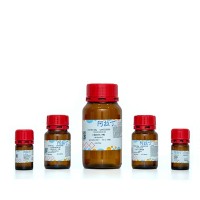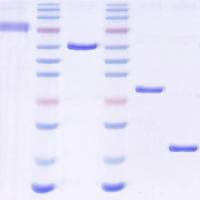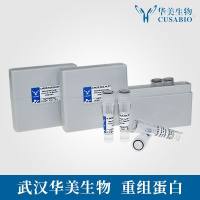The characterization of molecular alterations specific to cancer facilitates the discovery of predictive and prognostic biomarkers important to targeted therapeutics. Alterations critical to cancer therapeutics include copy number alterations (CNAs) such as gene amplifications and deletions as well as genomic rearrangements resulting in gene fusions. There are two genome-wide technologies used to detect CNAs: next generation sequencing (NGS) and dense microarray based comparative genomic hybridization, termed array CGH (aCGH). aCGH is a mature robust technology of lower cost and more accessible than NGS. This chapter describes the protocol steps and analysis required to obtain reliable aCGH results from clinical samples. Technical options and various necessary compromises related to the nature of clinical material are considered and the consequences of these choices for data analysis and interpretation are discussed. The chapter includes brief description of the data analysis, even though analysis is often performed by bioinformaticians. Today’s cancer research requires collaboration of clinicians, molecular biologists, and mathematicians. Acquaintance with the basic principles related to the extraction of the data from arrays, its normalization and the algorithms available for analysis provides a baseline for mutual understanding and communication.






